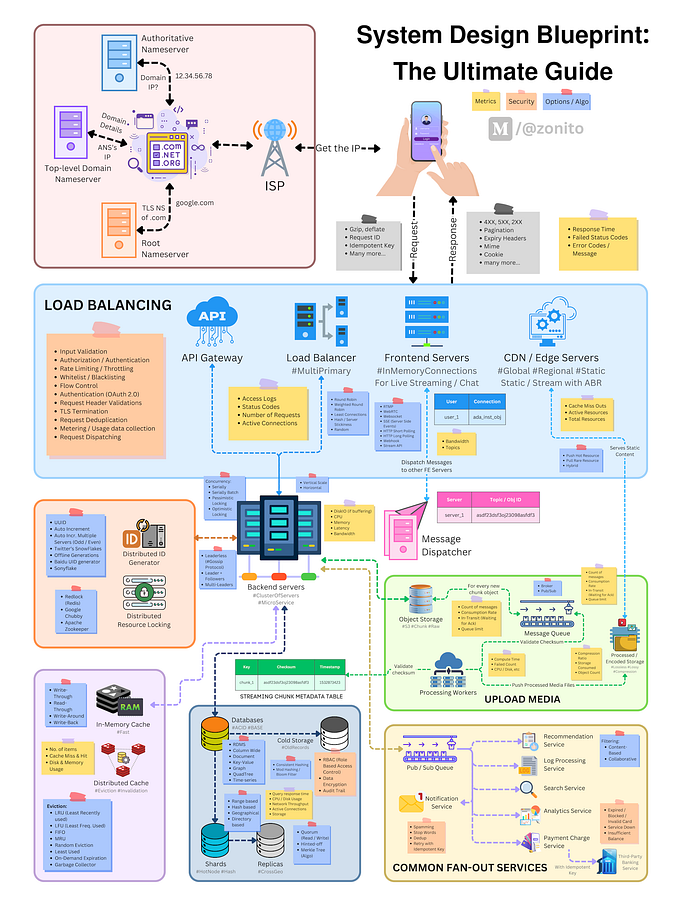Remote collaboration and the successful design team
How to operate well as a team even when you’re not co-located.

As a global company, IBM has employees all over the world. While teams at IBM Design certainly benefit from design thinking activities and team interaction in-person, we often work with colleagues remotely. Finding ways to communicate effectively, move projects forward, and keep design creativity fresh and interactive can be challenging. In this article, I asked Angela Boodoo, the lead of our Cloud Event Management (CEM) design team, to share her input how to be successful with remote collaboration. Here are the top tips we came up with:
1. Make communication your #1 priority
Communication is important for all teams, but should be a top focus when people are not co-located. Remote teams are most successful when everyone is clear on the plan, on what they are supposed to do, and by when. Well-defined methods of communication, style, and cadence should be established up front. This helps foster a symbiotic practice that turns a group of individual contributors into a team. Just because remote teams can take advantage of technology to conduct their work does not mean they should ignore human aspects of communication such as body language, tone of voice, and facial expressions to convey meaning and intent. These aspects are critical when working in globalized teams where the common language used to communicate may not be native to all.
“For remote teams, you really have to over-communicate” — Angela Boodoo, Design Lead and Strategist
Make sure that the team at large (designers, developers, product managers) understands each other’s roles and responsibilities. Don’t make assumptions about anything that might be fuzzy to you; ask questions and get clarification when you are not sure to help reduce the chance for misunderstandings. Don’t use jargon, especially when you’re working with a new group of people. First impressions do count, so always think about your communication style and if you could be doing something better. Just as we have empathy for our users, we must also have empathy for our teammates. When in doubt, schedule a video chat so you can hear voices, see faces, and clarify situations before things escalate.

2. Ensure that forming the team is a defined activity (in-person if possible)
When you start working with a new team, there is often a kick-off meeting or project introduction to set the stage for the work ahead. If at all possible, help to coordinate an in-person session for the project kickoff. There is no substitute for meeting someone face-to-face and starting to set a rapport for how a team will work together. You can learn a lot from engaging with new colleagues in a room and especially spending a little off-work time together. Getting to know about people’s lives outside of work can jump-start relationships inside of work. It may seem small but it can help you connect faster and cultivate future conversations.
Whether the kick-off is in-person or not, make sure you form any new team with clear goals and a path to achieve them. Adopting agile practices from the start helps remote teams work in a lean way and improves both scalability and velocity. Aligning on process also ensures that teams understand how and where everyone fits in. For development teams that have never worked with designers before, it’s crucial to establish an upfront understanding of the design roles (research, user experience, and visual), how designs are delivered, and how designs are iterated on. Provide a tour through the design process and show how each team is an integral part of a design thinking approach.
3. Establish mission clarity across the project
An important area that becomes even more critical as a remote team is identifying a common vision for what the team is trying to achieve. Everyone needs to understand what the delivery plan is and be clear on how they’re contributing to the bigger picture. Oftentimes with new projects, calendars fill up quickly as new calls are scheduled. Understanding how many meetings people are attending and why they are (or are not) required can help designers streamline their obligations to better support the mission at large.

The vision of success should also span team boundaries so that groups are not working at cross-purposes. Within different disciplines, there is unique communication and understanding — designers have their own language as do developers and product and marketing managers. Make sure that team leads continue to stay aligned so that the mission can be supported from the beginning and throughout the project. For example, at IBM, our Hills, which are statements of intent focused on user outcomes, align cross-functional teams around a shared mission using a common language. They include a Who, a What, and a Wow that tell teams where to go but not how to get there.
4. Don’t shortchange the design process
Just because a team is remote doesn’t mean they can’t follow the same design process that co-located teams do. It may take extra care and coordination, but ensure that designers have the time they need to do design right, especially when designing at scale. Don’t try to save time by dictating a design up front or deciding which direction it should go without proper process. At IBM, we use Enterprise Design Thinking to deliver the best experiences for our users. This framework helps us solves user problems but it requires the right amount of time and attention.

Thinking ahead and careful planning can help ease time constraints during design phases. Ensure that the extended team understands what’s ahead and can contribute as the design process unfolds. Help designers find ways to use time wisely and be outcome-driven to alleviate spending too many hours on video conferences. Make use of messaging systems like Slack to communicate, get a pulse on team sentiments, understand priorities, and make decisions. And, always remember to over-communicate, get feedback on designs often, and pivot as needed to keep from stalling.
5. Make sure you have the right tools
Tools that support working remotely are becoming more advanced all the time. Teams can video chat, share screens and files, and attend presentations together. Make sure that you have the essentials:
- Messaging system
Your team needs a reliable and agreed-upon way to reach each other. Use a team messaging system like Slack or WhatsApp Groups to post information, updates, and questions. Set ground rules up front: No cat pictures or more cat pictures! - Virtual white boarding
When you can’t get together in-person for a sticky note session, the next best thing is doing so virtually. Mural or other virtual white boarding tools are a must.

- A cloud-based filing system with version control
Design assets can be very large and versions can be plentiful. Ensuring that you have the appropriate space to save files and allow multiple people to work with them in real-time is imperative. - A single, co-owned repository for the team at-large
When you’re trying to track issues that span design, development, and product management, it’s really important that everyone is speaking the same language. Using multiple repository tools with each team favoring a different option often causes redundancy, rework, and confusion. Everyone should work together and agree on one place to manage cross-team issues.
6. Keep it human
When dealing with a widely distributed remote team and juggling many different time zones, things can sometimes get hairy. If there is little overlap when all team members are available, set ground rules for scheduling meetings. Get agreement and emphasize team work — west coasters in the US might need to get up a little earlier a few days a week and those in later time zones might need to work a little later.
If everyone can agree to some compromises, it makes things easier and expected — those super early meeting invites won’t come out of the blue. Help your designers tailor their schedules so that they can have a work-life balance and collaborate effectively with the team at-large. Also emphasize that overwork does no one any good. When people are tired, they make mistakes, work less efficiently and burn out. Keep things human by recognizing that everyone needs time for lunch, breaks, and personal business. Encourage people to get to know each other on a more personal level: find out about interests outside of work (like pets, hobbies, or vacation plans) and show and tell with the team.

7. Don’t neglect your remote teams when it’s reward time
Don’t assume that remote teams can’t be rewarded for a product launch, major milestone reached, or design award won. They need opportunities to celebrate with other just as much as teams that are co-located. But with travel budgets often being constrained, how can you celebrate achievements without physically getting a team together?
The largely remote CEM design team found several fun and creative ways to celebrate virtually. Following a product release, they were feeling a little left out as part of their group (who were co-located) posted photos of their pizza and bowling party. The team’s leads launched a remote celebration effort by creating t-shirts and stickers based on a hackathon-type challenge the team had completed together. They then scheduled a video session to show off their gear. They also organized an online “Christmas party” where everyone dressed in holiday garb to enjoy the season with their teammates. Designers are creative by nature. Finding ways for remote teams to celebrate success together is one small (but very important) way to keep them feeling valued and connected.


Though collaborating remotely takes work, patience, and perseverance, it doesn’t mean that achievements of co-located teams are out of reach. The Cloud Event Management design team worked through some remote collaboration issues early on to find their footing and deliver a strong user experience for their product. They were rewarded by winning an A’Design Gold Award for their work.
Special thanks to Angela for working on this article with me and sharing her perspective and great photos.
Arin Bhowmick (@arinbhowmick) is Vice President, Design at IBM based in San Francisco, California. The above article is personal and does not necessarily represent IBM’s positions, strategies or opinions.







